You Should Show Grave of the Fireflies to Your Kids ★
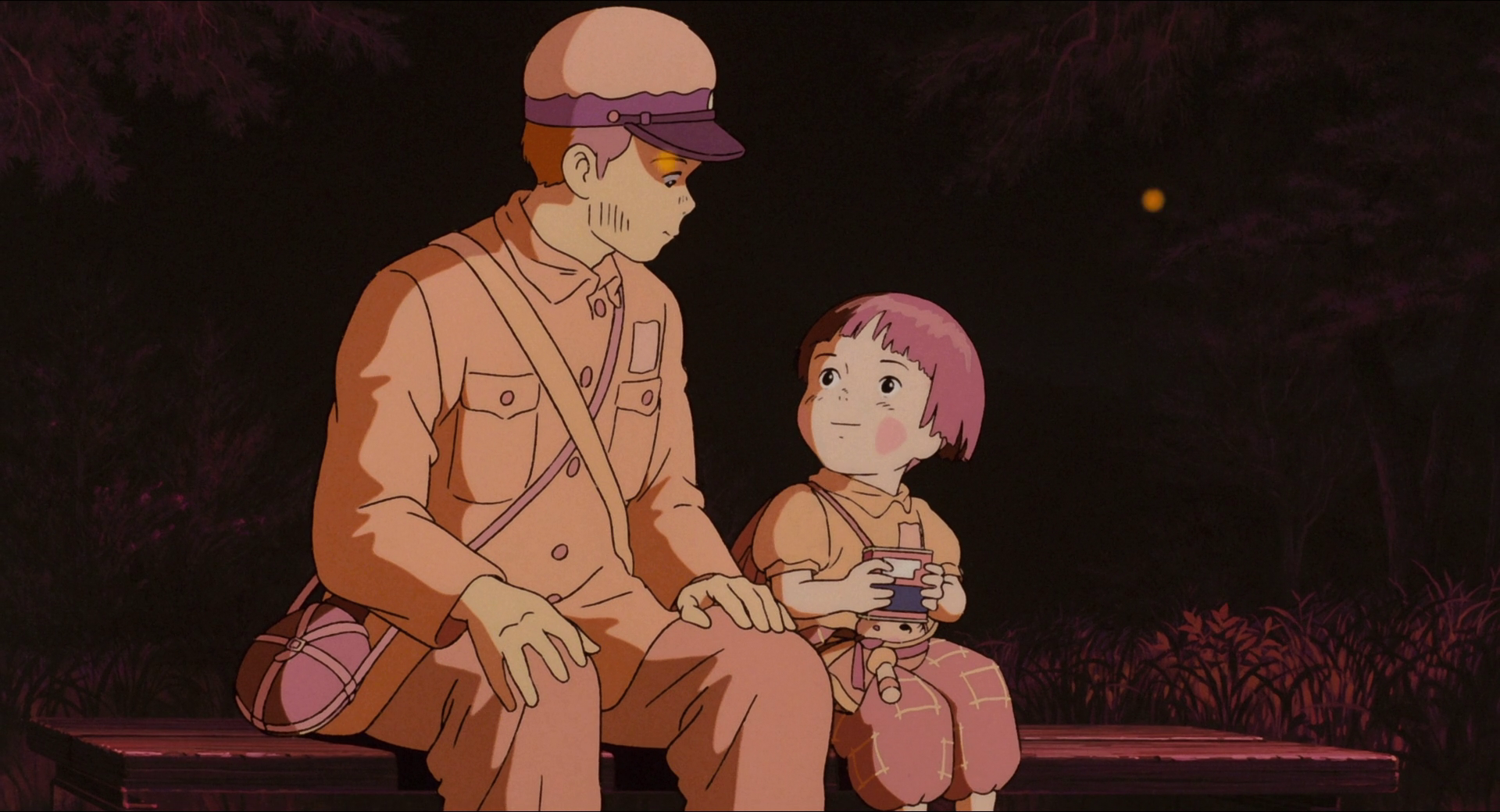
(Posted August 28, 2024)
[Content Warning: Contains discussions of war crimes, genocide, and crimes against humantiy.]
There has been a lot of buzz surrounding Studio Ghibli's Grave of the Fireflies being available to stream on Netflix starting September 13th, 2024. Considering the movie is one of the rare films that has a 100% score on Rotten Tomatoes, it is easy to understand why that buzz is so justified. Grave of the Fireflies depicts the heartbreaking story of Seita and his younger sister Setsuko as they struggle to survive in Japan during the final months of World War II. It has often been described online as a movie that a person only watches once, as while it is a beautiful masterpiece, it is too emotionally devastating to experience a second time on purpose.
With this in mind, there have been posts across various forms of social media warning those who may not know about the contents so they can emotionally brace themselves. This is an absolutely noble goal as those who have suffered from specific traumas could be triggered by the film and even those without may want to establish a self care plan to ensure their mental health is okay after watching.
However, some of these warnings have said that Grave of the Fireflies should never be shown to kids which is a notion I cannot agree with under any circumstance. In fact, parents should especially watch this movie with their kids for a multitude of reasons.
Sadness, Fear, and Childhood Development
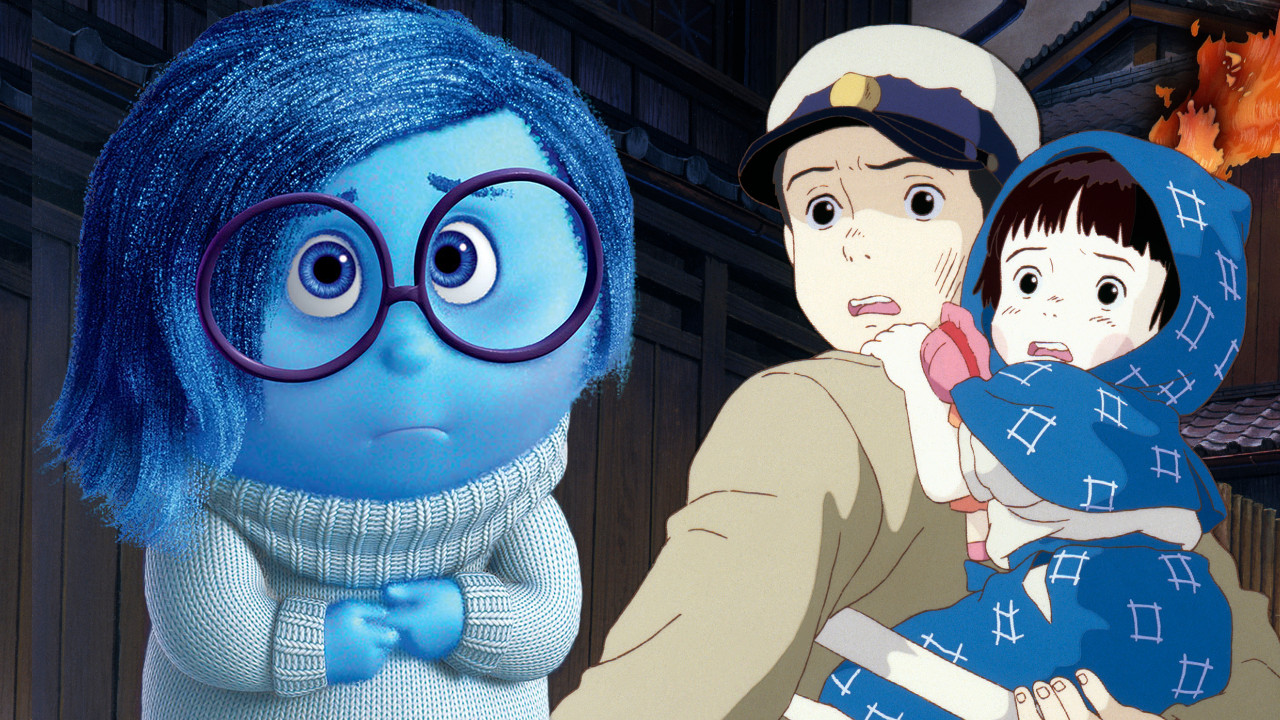
It is okay for children to experience sad and even scary stories. In fact, doing so in safe environments is extremely healthy! Feeling sad allows us to learn empathy so we know how ourselves and others should be treated. The need to healthily experience sadness is literally the entire point of the movie Inside Out — a movie made with child audiences in mind — which will probably get its importance across better than any short paragraph I could write here. Sadness is an inevitable part of life, why would we want to leave children ill prepared to deal with it?
If the continued relevance of fairy tales and Goosebumps Books didn't make it clear, stories that safely scare kids as part of consensual fear experiences are healthy for their development too. As psychologist Emma Kenny explained, "when you are reading a scary story to a child, or they're reading to themselves, the child has got a level of control — they can put it down, or ask you to stop. And the story can raise a discussion, in which they can explore and explain the way they feel about a situation."
This is why scary and sad movies like Grave of the Fireflies can be an important tool in developing emotional literacy in children. According to psychologist Claud Steiner emotional literacy is "made up of the ability to understand your emotions, the ability to listen to others and empathize with their emotions, and the ability to express emotions productively."[1]
Studies have shown that both children and adults with good emotional literacy have better outcomes in life. Children with strong emotional literacy are able to pay attention better, are more engaged when being educated, have more positive relationships, and have better empathy all while being better at healthily regulating their emotions.[2] [3] For adults, this has resulted in having lower job-related stress, better job satisfaction in general, and a similar increase to their positive relationships like children have.[4] Even without intense scientific backing, it seems clear that the ability to understand and safely process one’s emotions is an important skill worth developing purely because it would allow people to healthily interact with other and society as a whole.
Children Are Already Experiencing These Stories Safely
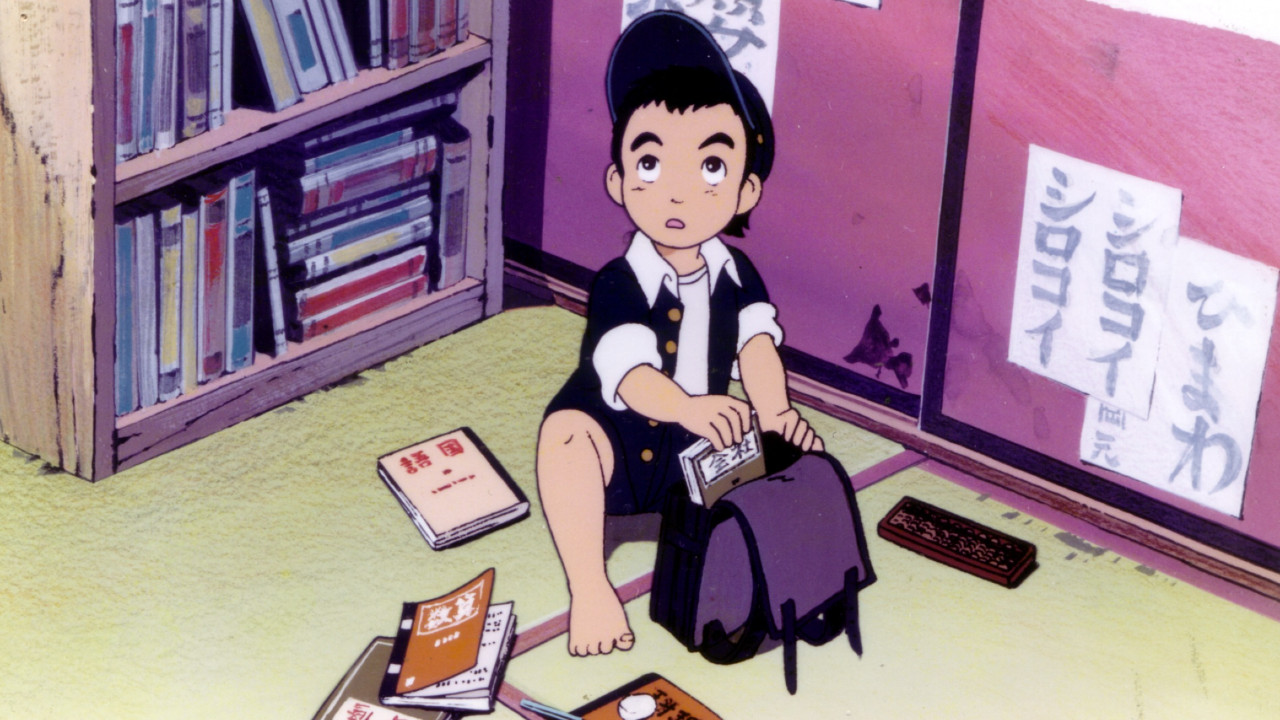
If scientific backing isn’t convincing enough, we know that young children can healthily interact with these stories because they do every day in Japan. Barefoot Gen, a manga loosely based on Keiji Nakazawa’s experiences after surviving the bombing of Hiroshima, is available for children to read in elementary and junior-high school. In fact, when schools in Matsue attempted to restrict access to the book in 2012 due to claims that what it depicted was too graphic for children, that ban was rescinded less than a year later. As the widow of Nakazawa said, "War is brutal. It expresses that in pictures, and I want people to keep reading it."
Some may point out that in 2023, panels from the manga that were previously used as part of educating third-grade children about the bombings during World War II were removed from Hiroshima textbooks. However, the Hiroshima city education board stated that they did this because, "a partial extract of the work makes it difficult to convey the true nature of the atomic bombing." It was decided that reading Iwata's Grandma, a picture book based on Hiroshima atomic bomb survivor Chizuko Wataoka's life, would be a reasonable replacement for these materials. This shows how the intent was never to hide children from the truth of what happened but only to ensure they were properly educated about the entire affair.
Even outside of Japan, entire generations watched Watership Down, both the movie and the TV series. It seems we’re comfortable showing darker stories about war to children. Is it just because these atrocities are happening to humans and we might feel guilt or responsibility that makes Grave of the Fireflies too difficult to show kids? If so, we all should examine that deeper and work past it.
History And Current Events
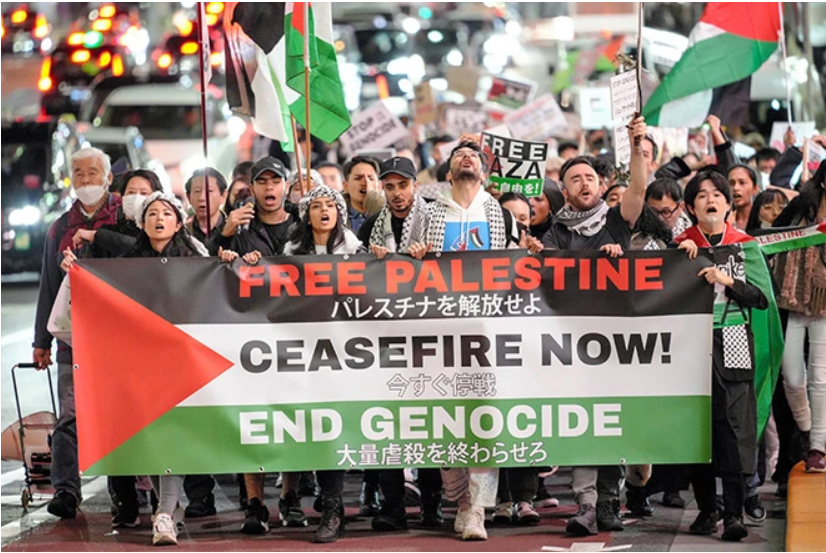
Saying that children should not watch Grave of the Fireflies also ignores the fact that children had to live through the events depicted in the film. Akiyuki Nosaka wrote the short story that the film is based on by drawing from his experience as a fourteen-year-old trying to survive the aftermath of Kobe being bombed which eventually resulted in his actual sister dying from malnutrition. Isao Takahata, director of Grave of the Fireflies, experienced these horrors first hand at nine years old when Okayama was bombed. Takahata had to tend to his older sister who had been injured by a blast alone, having been separated from the rest of his family for two days.[5]
Hell, if we live in a world that thinks it's too traumatizing for kids to watch Grave of the Fireflies, how can we as a society tolerate that similar atrocities are being committed to children as you read this? White phosphorus, a substance that burns through skin and bones while its smoke injures the eyes and lungs, has been dropped on children in Palestine. Bombs packed with shrapnel are causing devastating injuries to children living in Gaza. Children in the Congo are living through sexual violence and mutilation. In Myanmar, the Rohingya people have faced persecution since the 1970s and have been living through an ethnic cleansing since 2016. During the beginning of the Rohingya genocide, children were thrown into burning buildings among other horrors. That genocide has continued to this day with children being shelled in Sittwe just being just one of countless other atrocities.
Avoiding Ignorance For a Better Future
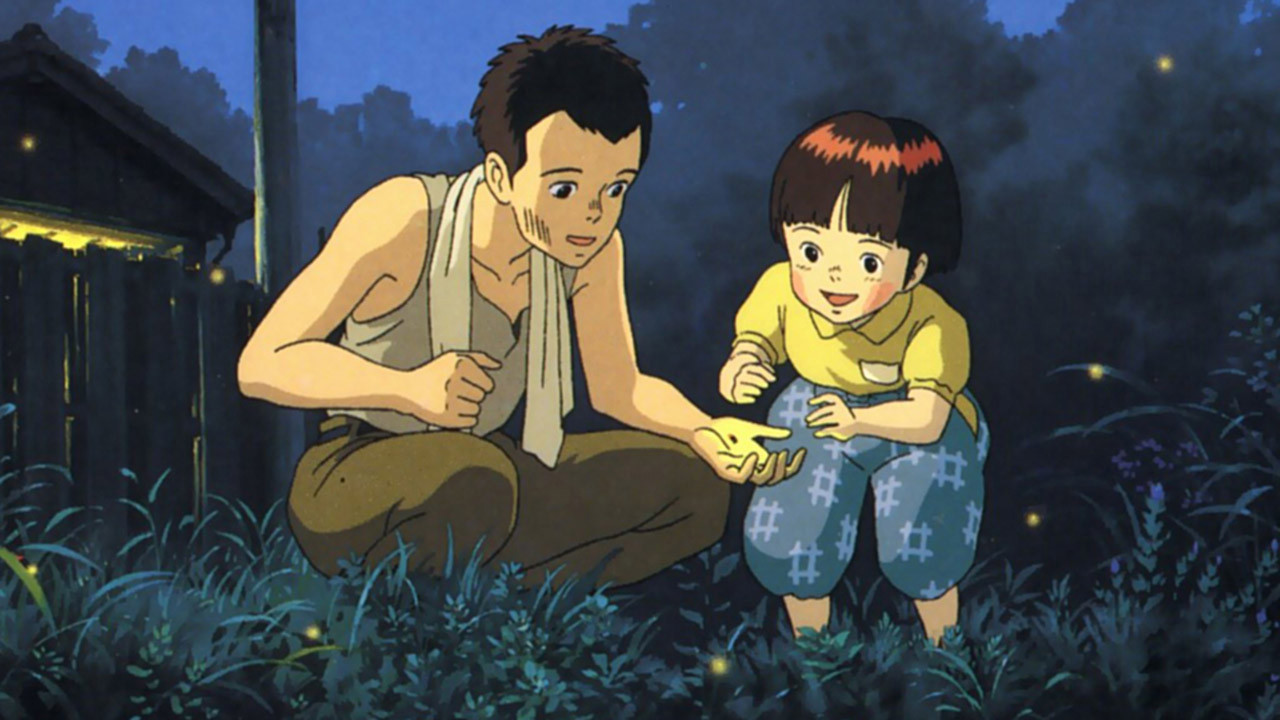
We should realize what a blessing having the privilege to witness these horrors animated on a screen from the safety of our home is while others have experienced them abroad and are still experiencing them abroad. While we live on lands stolen from people our ancestors committed horrifying atrocities against who still suffer today from those actions.
To not show this movie to children models the behavior that we should refuse to acknowledge cruel acts happening in our world so long as it preserves our personal comfort to those kids. If we show kids movies like Grave of the Fireflies in a safe environment where they can process it, they can grow up into the kind of people who understand the horrors of war and will do all they can to prevent it. They can understand as adults that by starting new wars they will irreversibly scar an entire generation of people who come after them.
Secondary trauma can also be extremely serious and if parents don’t want to safely expose children to these serious topics, they may find just how terrifying it is when online posts on platforms like Telegram, Instagram, and other places on the internet do so for them. The world has been with images and videos of the horrors happening in Gaza from reporters and those living through these events.
We should not have to live with a future where we may see an animated film about the crimes against humanity committed in Gaza, Myanmar, the Congo, or anywhere else ever again. We can raise children who understand this truth and live their lives in service of it. We can raise children with the tools to keep themselves emotionally safe while tackling the difficulties they face in the future. In doing so, we can create a future that is better for everyone who lives in it.
Use parental discretion as necessary, but if you can, show Grave of the Fireflies to your kids, possibly followed up by My Neighbor Totoro just as it was shown in Japanese theaters years ago to ease the blow. If approached with love and care, it is not a decision you will regret.
![]()
1. Steiner, C. with Perry, P. (1997) Achieving Emotional Literacy. London: Bloomsbury.
2. Raver, C. C., Garner, P. W., & Smith-Donald, R. (2007). The roles of emotion regulation and emotion knowledge for children's academic readiness: Are the links causal? In B. Planta, K. Snow, & M. Cox (Eds.), School readiness and the transition to kindergarten in the era of accountability (pp. 121-147). Paul H Brookes Publishing.
3. Eggum, Natalie D., et al. “Emotion Understanding, Theory of Mind, and Prosocial Orientation: Relations Over Time in Early Childhood.” The Journal of Positive Psychology, vol. 6, no. 1, Jan. 2011, pp. 4–16. https://doi.org/10.1080/17439760.2010.536776.
4. Rivers, Jewrell, et al. “Relationships Between Parenting Styles and the Academic Performance of Adolescents.” Journal of Family Social Work, vol. 15, no. 3, May 2012, pp. 202–16. https://doi.org/10.1080/10522158.2012.666644.
5. De Wit, Alex Dudok. Grave of the Fireflies. Bloomsbury Publishing.
![]()
An Addendum
It was pointed out to me by a lovely person on social media that the age ratings this film has gotten in several countries are very interesting. With this in mind, I thought people might apreciate knowing what ages various groups of professionals around the world think is okay for kids to watch Grave of the Fireflies at. Also, for those curious, Common Sense Media has over 70 reviews of the movie written by kids of which almost all are positive.
- USA: Not rated by the MPAA. Considered "suitable for all audiences" on the Central Park Media VHS release. TV-PG on the Sentai Filmworks release.
- Germany: 6+ (Apropriate for ages 6 and up.)
- France: Tous publics (General Audiences)
- India: U (Unrestricted public exhibition, suitable for all ages.)
- Hong Kong: Level 1 (Suitable for All Ages.)
- Canada: G and PG for Quebec and Manitoba respectively.
- Japan: G
- Saudi Arabia: PG
- Singapore: PG
- Italy: T (Recommended for persons of all age groups.)
- Taiwan: 0+ (Suitable for all ages)
- Netherlands: 9 (Ages 9 and up)
- Nigeria: PG
Okay, you get the picture. Many countries that suggest it isn't for general audiences recommend it for ages 12 and up like in Finland, Portugal, Russia, Hungary, Ireland, Spain, Mexico, the United Arab Emirates, and the United Kingdom. Norway and Sweeden gave it a 11+ rating. South Africa and Argentia gave it a 13+ rating. The only major outliers are in Poland, Australia, and New Zealand who recommend it in the 15-17 year old range.
![]()
